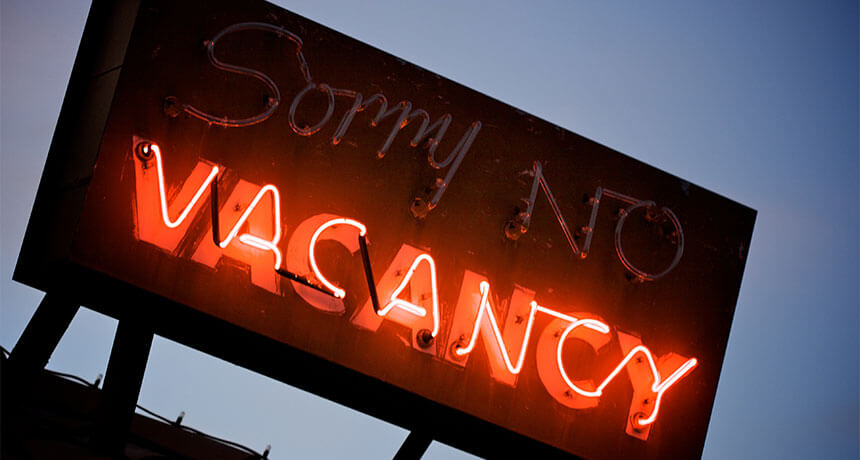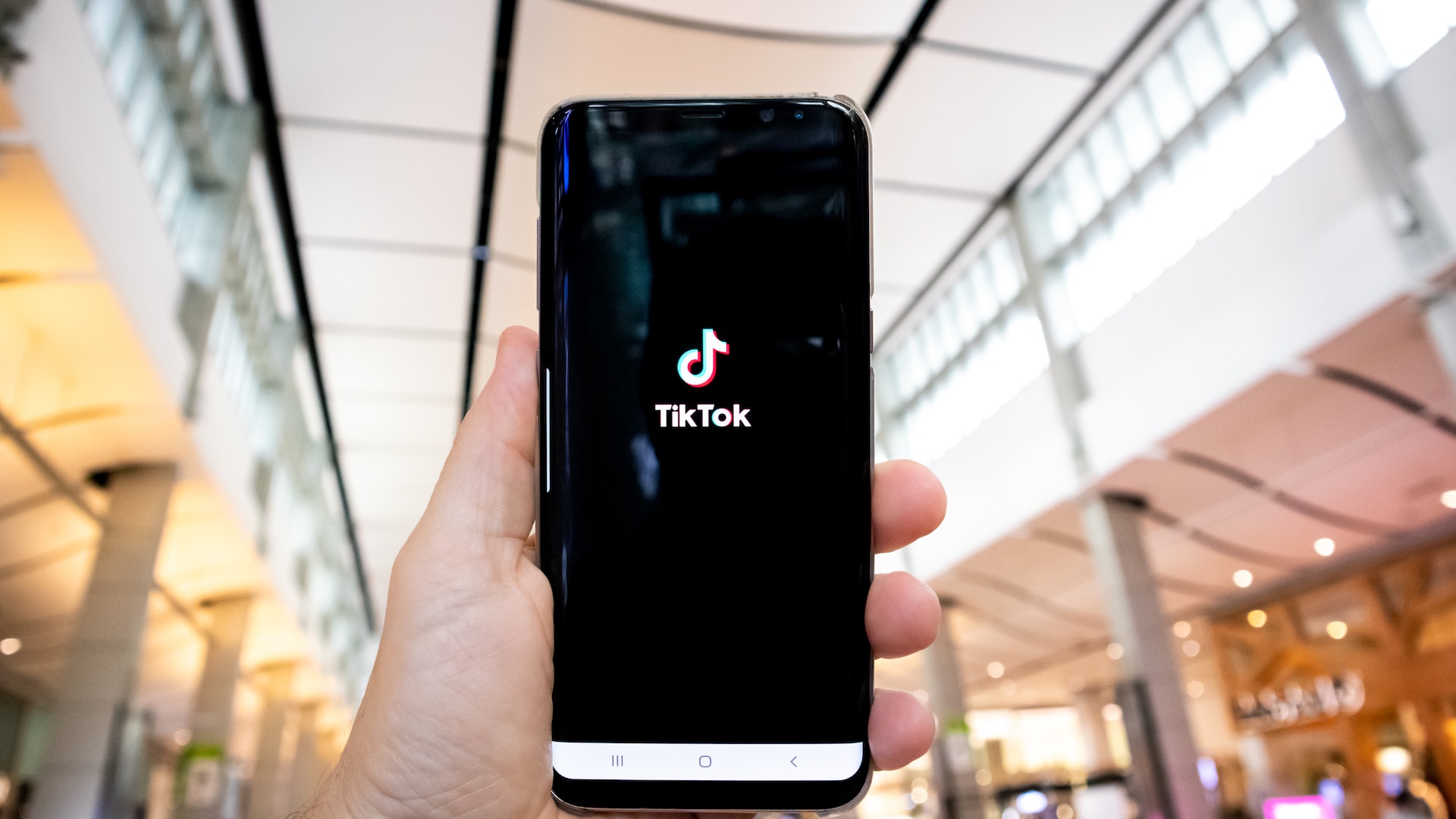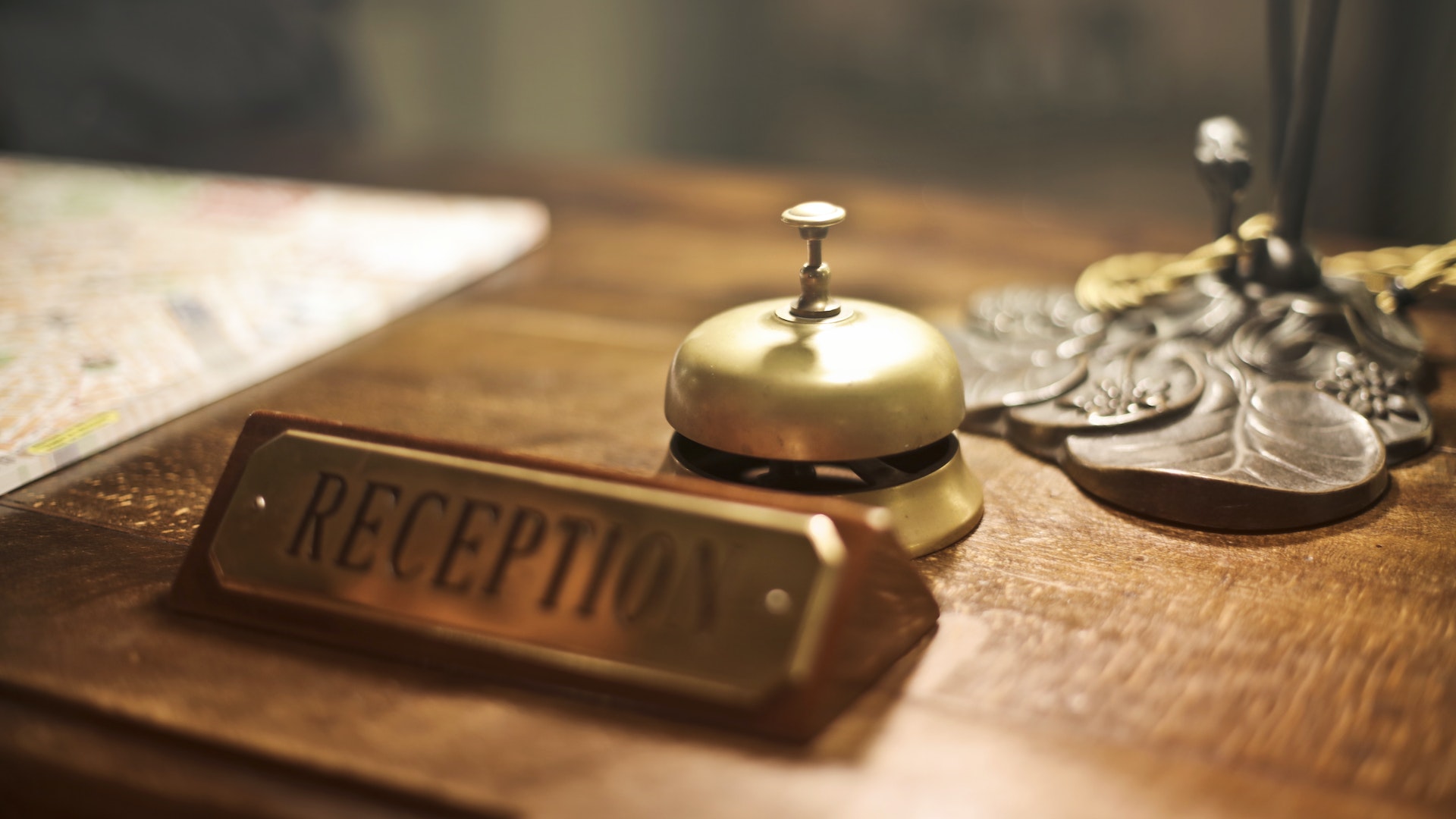There are a few statistics that stay top-of-mind for any hotel manager. Occupancy rate, or the percentage of rooms that are full on any given night, is one of the big ones — and with good reason.
NB: This is an article from Cvent
Your hotel’s occupancy rate is an indicator of the health of your business, along with revenue per available room (RevPAR), and overall profitability. There will of course be seasonal and event-based fluctuations in demand, but keeping your hotel as full as possible will ensure that you have money coming in through both high and low seasons. Want to learn how to increase hotel occupancy with proven strategies and techniques? Keep reading!
Subscribe to our weekly newsletter and stay up to date
What is your hotel’s occupancy rate?
You’ll need a good understanding of your baseline occupancy rate and how it changes throughout the year before you can start improving your rates. Your hotel’s occupancy rate is the number of occupied sleeping rooms divided by the number of available sleeping rooms. This can be calculated by day, week, month, or even longer, and can be compared to other similar hotels in your area to give you an idea of how you stack up against your competition.
Looking at occupancy rates can give you a good idea of demand at your hotel, indicating which days of the week and times of the year you’re likely to see the highest demand for rooms. This can help you determine your pricing strategy, know when to promote special packages, and help with revenue management.
It may seem like offering discounts during low periods is a surefire way to increase hotel occupancy, but this isn’t always the case. Discounts may help convert potential customers who are already thinking about traveling, but they do nothing to increase demand for travel itself. For that, you’ll need creative strategies to increase value.
Explore 9 strategies to help increase hotel occupancy:
1. Adjust your marketing for periods of low demand.
One of the first things strategists tell you when you mention a low occupancy rate is to adjust your marketing. But that type of vague advice won’t bring guests in the door. Your hotel marketing strategy for periods of low occupancy needs to be detailed and specific.
If you’re seeing a drop in mid-week demand, you need to target the types of guests that engage in weekday travel. This includes business travellers, out-of-town travellers viewing real estate, trade show and conference attendees, retirees looking for deals, and so on. Consider which of these groups match well with your hotel’s amenities, location, and brand presence, and then come up with a plan to add value for each of those guest types.
In terms of seasonal demand, think about what makes your property and your location stand out during the off-season. For example, if you run a ski resort that has low occupancy in the summer months, think about what summer activities your guests might be interested in. You can then focus on that messaging when reaching out to guests who have previously visited in the winter.
You can also increase your upsell marketing to focus on guests who have already booked with you. You may be able to entice weekend guests to stay until mid-week, summer guests to add a few days of shoulder season, and overnight guests to stay for a week with the right value and packages.
2. Increase value with specials and packages.
Throughout the year, you can increase the value of your property by introducing specials and packages. These work better than discounts for increasing demand, as they include something extra for the same price and can help you stand out from the competition.




